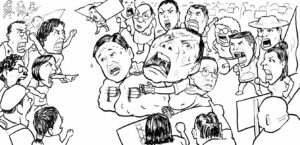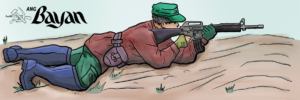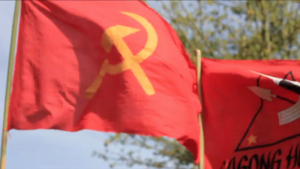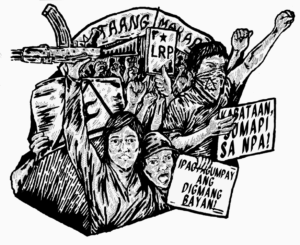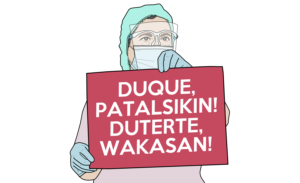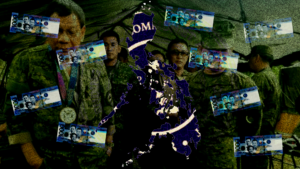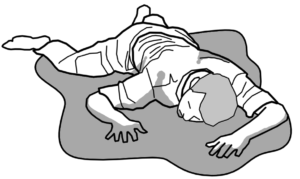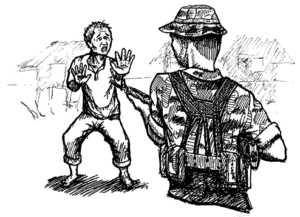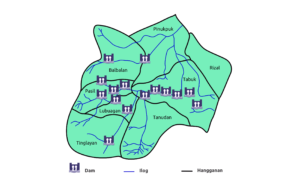Who will learn if schools are closed?

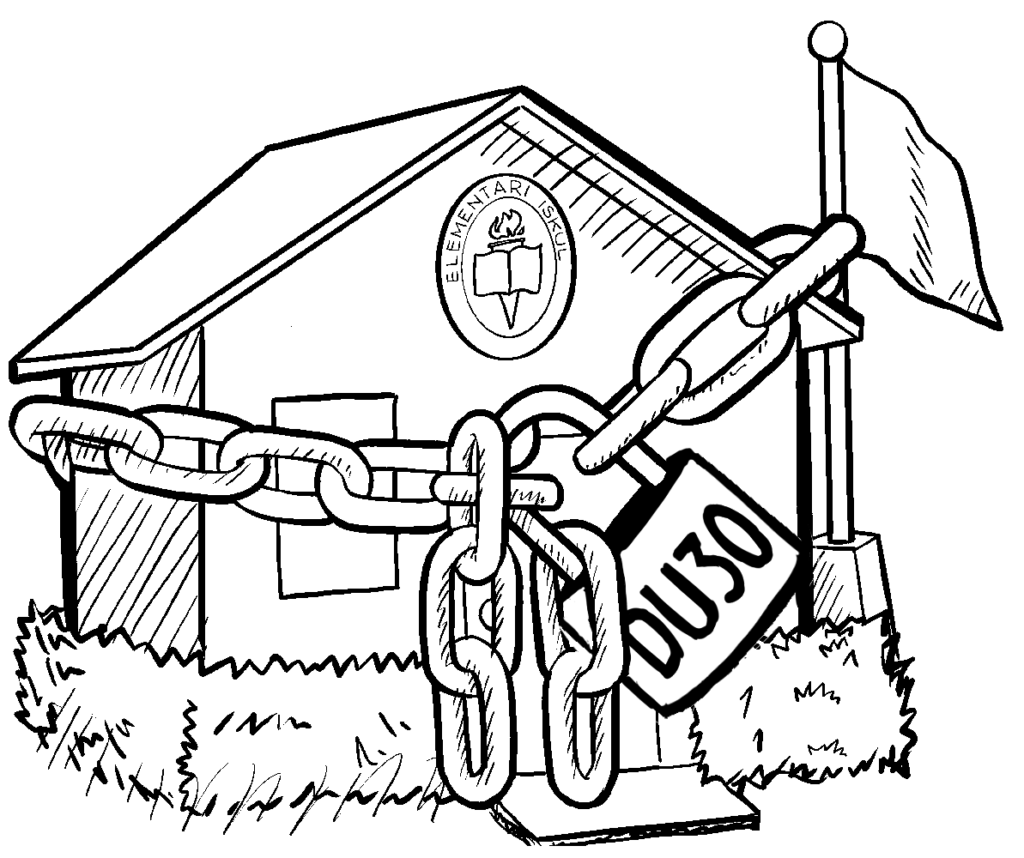
On September 5, the Alliance of Concerned Teachers reiterated the need to reopen schools this academic year. This came after the Department of Education (DepEd) announced last August that schools will continue to operate under the failed and burdensome blended learning system this coming September 13. This is in compliance with Rodrigo Duterte’s order to wait until everybody is vaccinated against Covid-19. Given the sluggish rate of vaccination in which only 12.51% of the population is vaccinated, students will surely wait for a very long time before returning to their classrooms.
The Philippines is one of only five countries in the world which has refused to reopen schools since the pandemic. School closures in the Philippines are the longest in the entire Asia-Pacific region. In February, the United Nations Children’s Fund (Unicef) reported that the Philippines is the third among countries with the highest number of students affected by school closures. Around 25 million students have missed almost all classroom instruction time since March 2020.
In its report, Unicef discussed the adverse effects of school closure. Primary of these is learning loss, especially of students who cannot afford to study under the remote learning system. This also denies many students of nutrition from school feeding programs.
Children and youth also become more vulnerable to abuses, including sexual abuses, and early pregnancy, forced labor, and involvement in violent activities when they are not able to go outside their homes.
Separating students from their classmates and friends also adversely affects their mental health. According to the National Center for Mental Health, the number of children suffering from stress increased as a result of being locked down in their houses.
School closures also tremendously burden parents. They were are not prepared for it and have no skills to facilitate distance learning. In many cases, their livelihoods are put at stake just to take care of their children at home.
Even teachers have were not prepared for distance learning. Despite their eagerness to teach, they often face problems in preparing their modules. Many teachers were also laid off due to school closures.
In addition, Unicef also identified millions of students who did not enroll for this coming academic year. In 2021, only 12.7 million students from Kindergarten to Grade 12 enrolled, or only more than half (51%) of the number of enrollees in 2020.
Students, parents and teachers have long been complaining about the hardships caused by remote learning, and demanding the safe reopening of schools. In college in which limited face-to-face classes are allowed in medical-related courses, only 1% of students were infected with the virus.
While new variants are causing a rise of infections, Unicef asserted the possibility of implementing a phased reopening of schools, beginning in low-risk areas. This can be done on a voluntary basis with proper safety protocols in place.
Even decades prior to the pandemic, the country was already beset by shortages in public school infrastructures and services. The shortage in public classrooms was already at 110,000 in 2020. As a result, classrooms originally designed for 40 students is shared by an average of 75-80 students. Classrooms are extremely lacking and would not suffice should classes be reopened under the pandemic, wherein only 15-20 students will be allowed per classroom to maintain social distancing.
In 2016-2020, the Duterte government managed to construct only 4,507 classrooms, or a measly 4.06% of the total amount needed to address the shortage.
Health facilities are in schools are not sufficient to meet health standards. Data from the Department of Education itself indicates that only 28% of the total number of schools have clinics as of 2020. There is also a shortage in school nurses. On average, there is only one nurse for every 6,000 students. Around 3,000 schools lack even basic facilities for handwashing. The Duterte regime has not done anything to resolve these issues.

